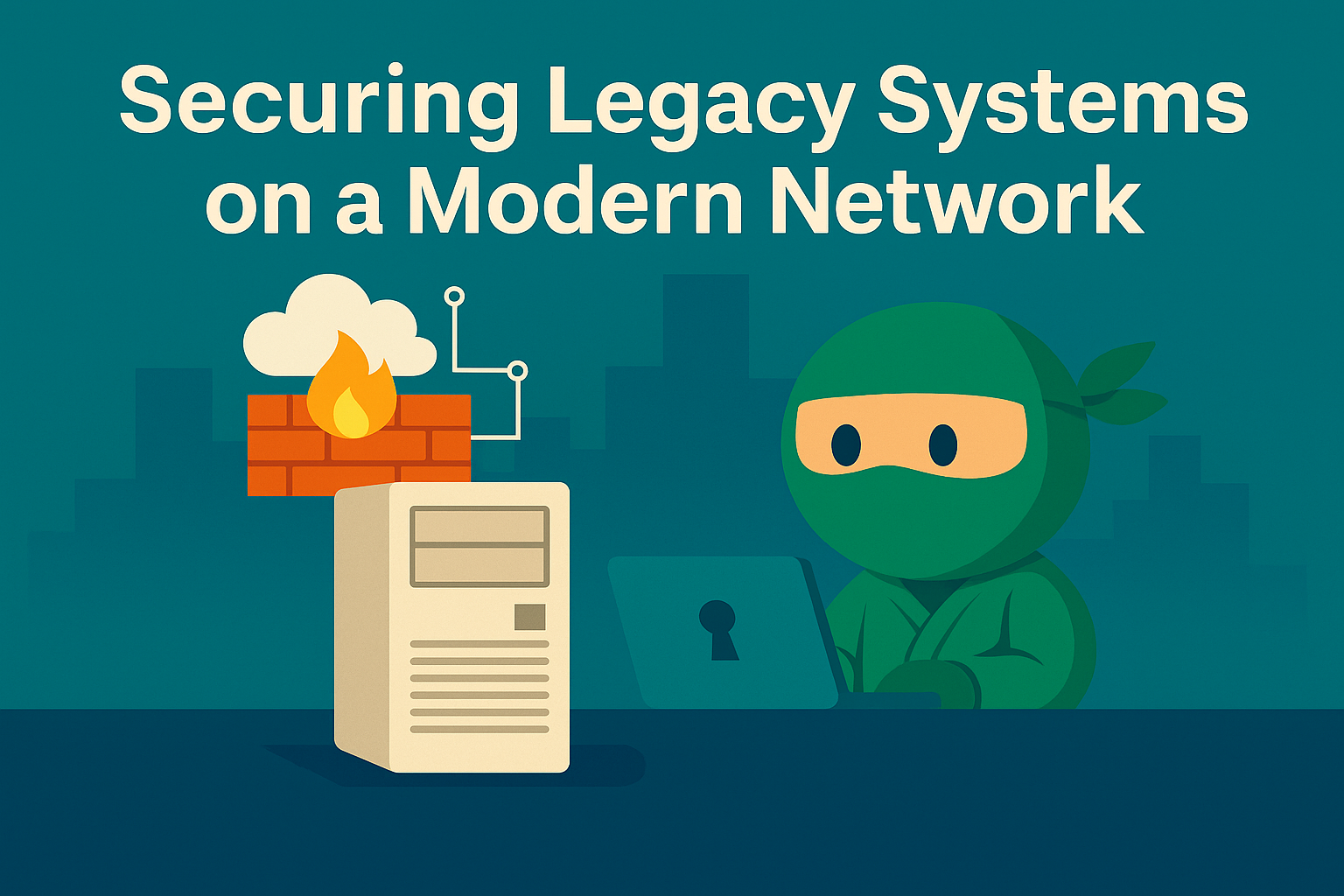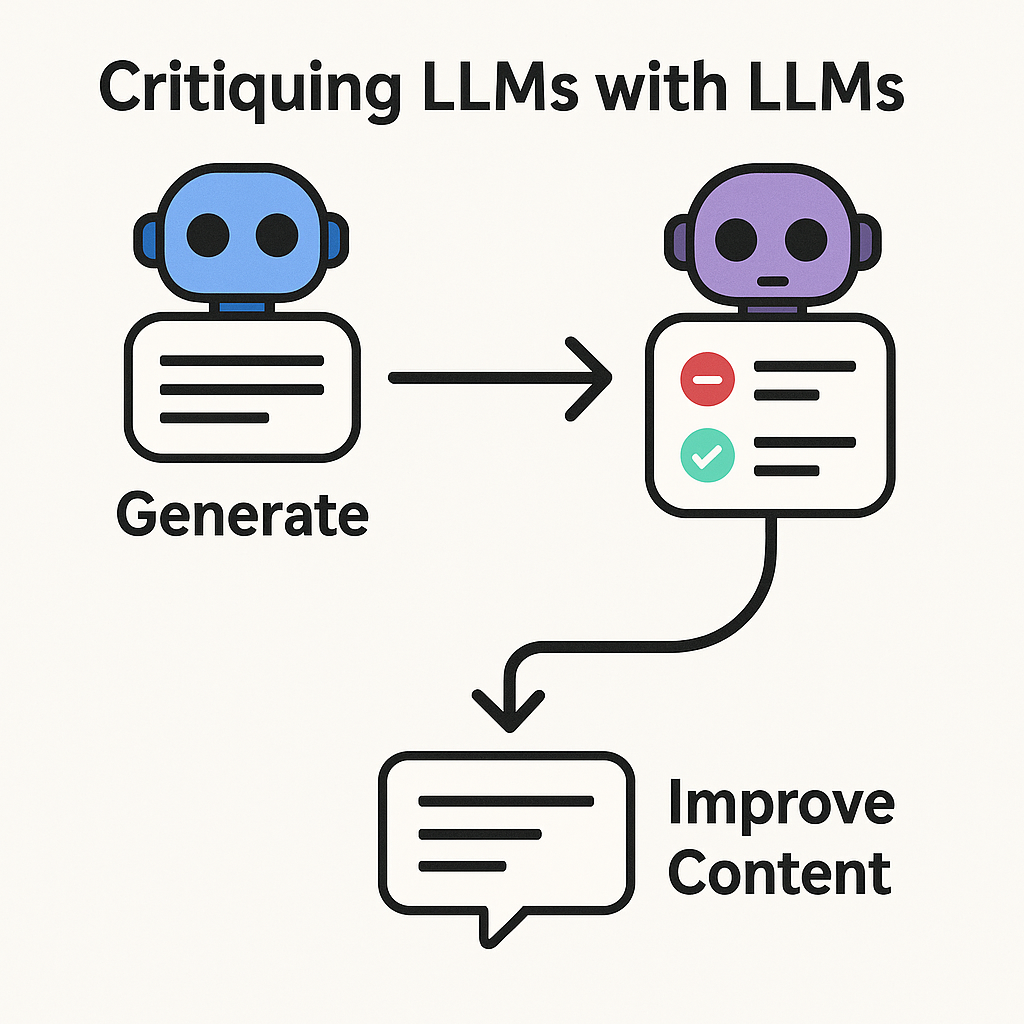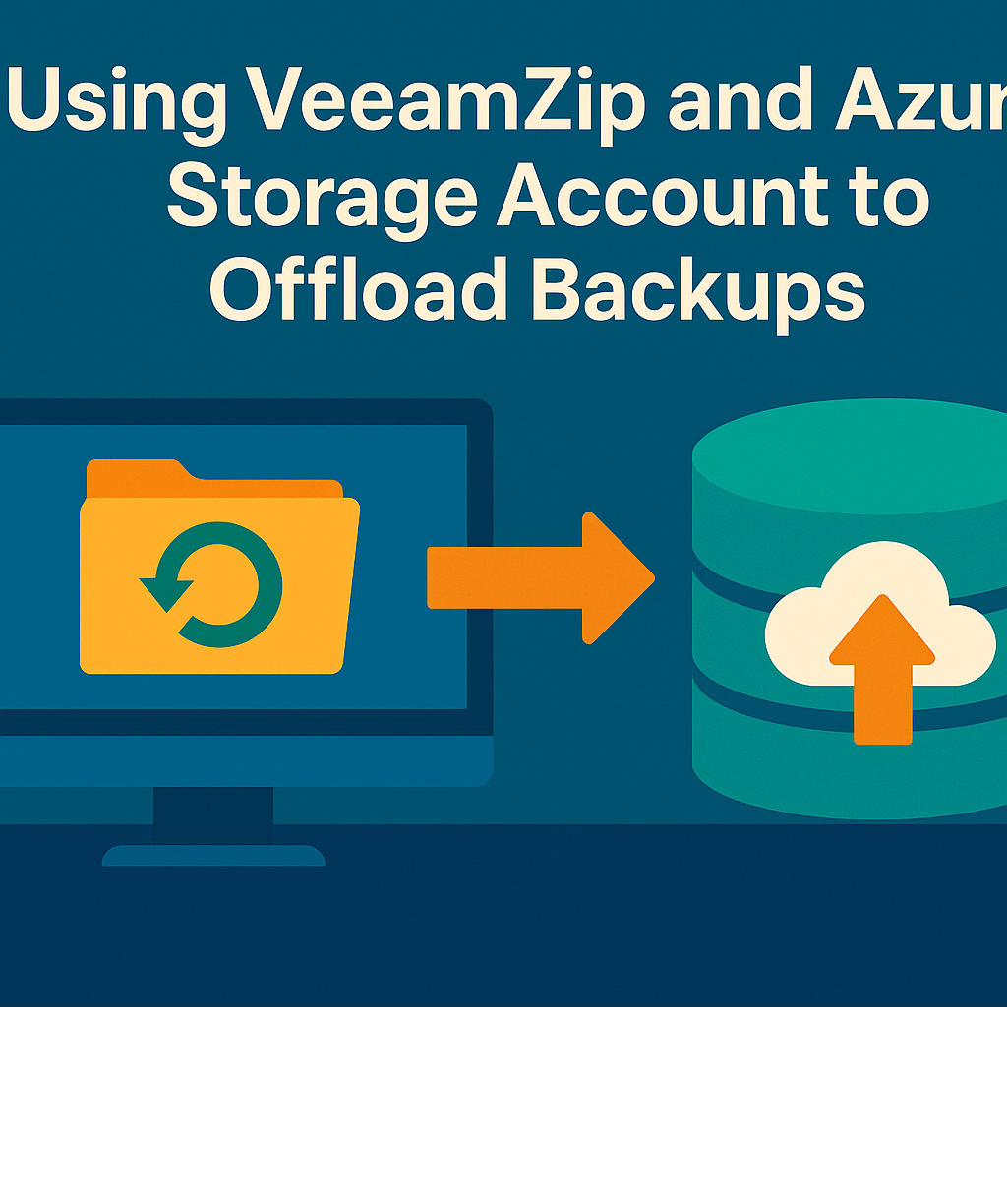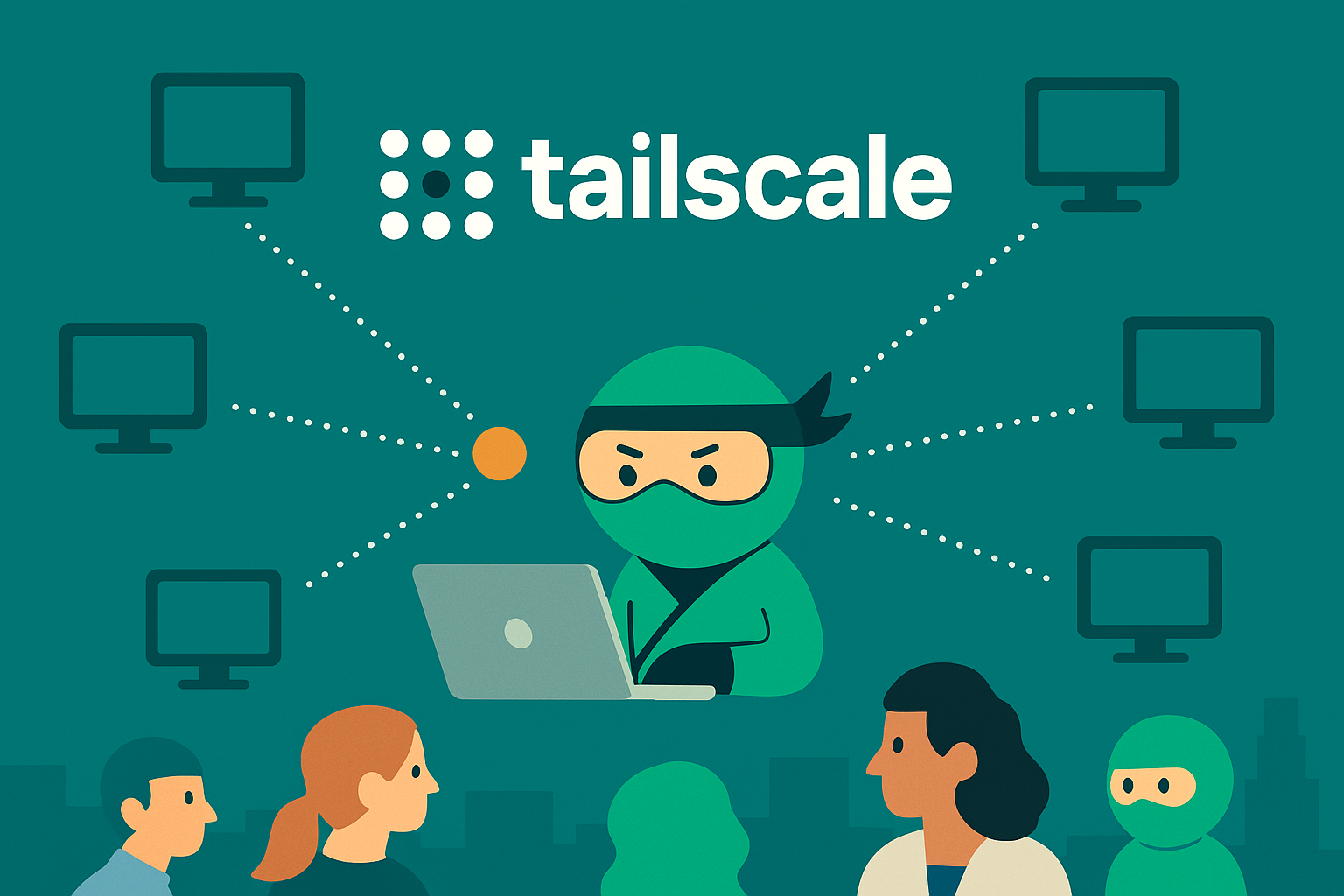Imagine you’re running manufacturing company, let’s call it Contoso Manufacturing. One morning, your team alerts you to unusual file transfers from a legacy financial system running 2008-era software. Without proper segmentation, that single server could expose your entire business to attackers. By following a structured, four-phase approach – grounded in real-world lessons – you can lock down legacy systems on modern networks without halting critical operations.
Preparations
Before you tighten any rules, get full visibility into server-to-server (east–west) traffic:
- Deploy a Next-Generation Firewall (NGFW)
• Route all inter-VLAN traffic through one NGFW (e.g., FortiGate) for deep application inspection.
• Use a “router-on-a-stick” design: a single interface handles multiple tagged VLANs, eliminating extra routers. - Create an Isolated Legacy Subnet
• Move legacy servers to their own VLAN/subnet.
• Update DNS entries or client configurations that connect by IP.
• If client changes aren’t feasible, use the firewall’s Virtual IP (a simple NAT) to forward from the old address. - Enable Continuous Monitoring
• Log every connection in and out of the legacy subnet.
• Capture flow records with NetFlow, sFlow, or a similar protocol. - Align with Stakeholders
• Identify each application owner and operator.
• Schedule weekly touchpoints to map dependencies and maintenance windows.
With your network segmented, monitoring active, and stakeholders aligned, you’re ready to lock down traffic in precise stages.
Policy Tightening
Now that you see every flow into and out of your legacy zone, methodically introduce tighter rules:
- Secure Outbound Internet Traffic
Apply antivirus, intrusion prevention (IPS), and web-filtering policies for all egress traffic. - Lock Down Server-to-Server Flows
• Begin with a temporary “allow any → any” rule to avoid service disruptions.
• Layer in explicit allow rules for each approved host-and-service pairing.
• Review logs daily; confirm or block unfamiliar flows with application owners.
• Once you’ve covered every legitimate flow, change the default rule to “deny any → any.” - Document All Exceptions
Record special-case flows, brief business justifications, and expiration dates.
At Contoso, this phased approach revealed an outdated file-transfer service bypassing security checks. By adding a targeted rule and then enforcing a deny-all default, they eliminated that risk within days.
Ongoing Operations
Securing legacy systems isn’t a one-off project. Continuous vigilance keeps your defenses aligned with business needs:
- Monitor Denied Traffic
Keep logging active on deny rules to catch legitimate services you may have missed (annual batch jobs, audit tools). Triage and restore them swiftly. - Empower Support Teams
Train helpdesk and NOC staff on the segmented network and firewall logic. Provide runbooks for common connectivity issues. - Maintain Stakeholder Dialogue
Hold monthly reviews to surface new dependencies or upcoming migrations. When teams begin moving off legacy platforms, whitelist migration tools and update policies before the cutover.
Ongoing collaboration ensures changes in business processes never blind-side your security posture.
Maintaining a Secure Posture
A mature security practice demands regular testing, clear documentation, and concise reporting:
- Validate Rules with Automated Scans
Schedule weekly Nmap (network-discovery) or port-scan jobs to verify only approved services are reachable. - Keep Documentation Current
Store network diagrams, firewall rule sets, and exception logs in a shared repository. Circulate change summaries to the technology team. - Report to Leadership
Issue quarterly summaries of policy updates, incident responses, and residual risks.
By embedding scanning, documentation, and reporting into your routine, you’ll ensure that legacy segments remain secure as your network evolves.
Conclusion
Progress through these four phases – Preparations, Policy Tightening, Ongoing Operations, and Maintaining a Secure Posture – to build a modern network that keeps legacy applications both functional and secure.





